Kawa poplar timber - properties and market opportunities

Report Date: August 2023
Author: Dean Satchell, Northland Regional Council
Kawa poplar grading photographs
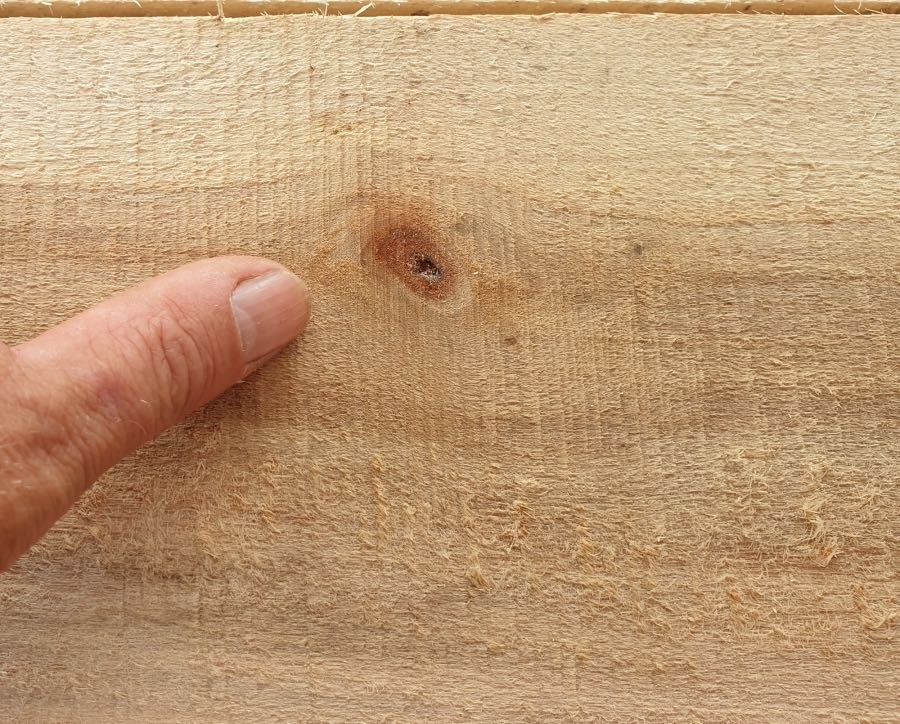
Small knot. Is this appearance degrade?
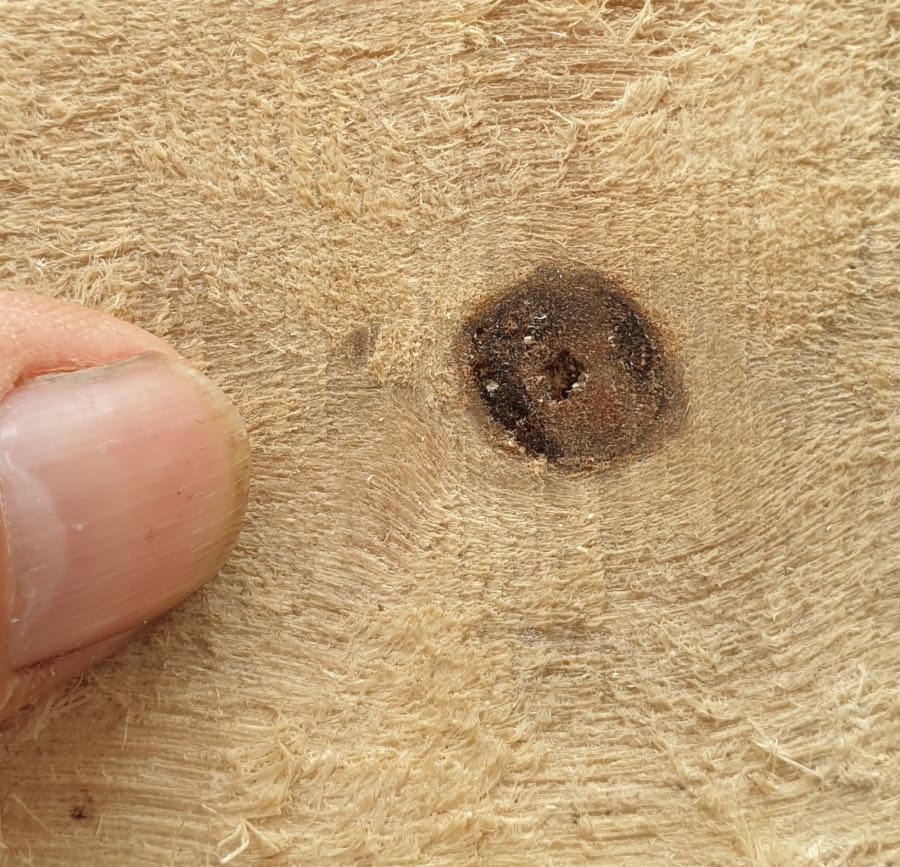
Small black knot
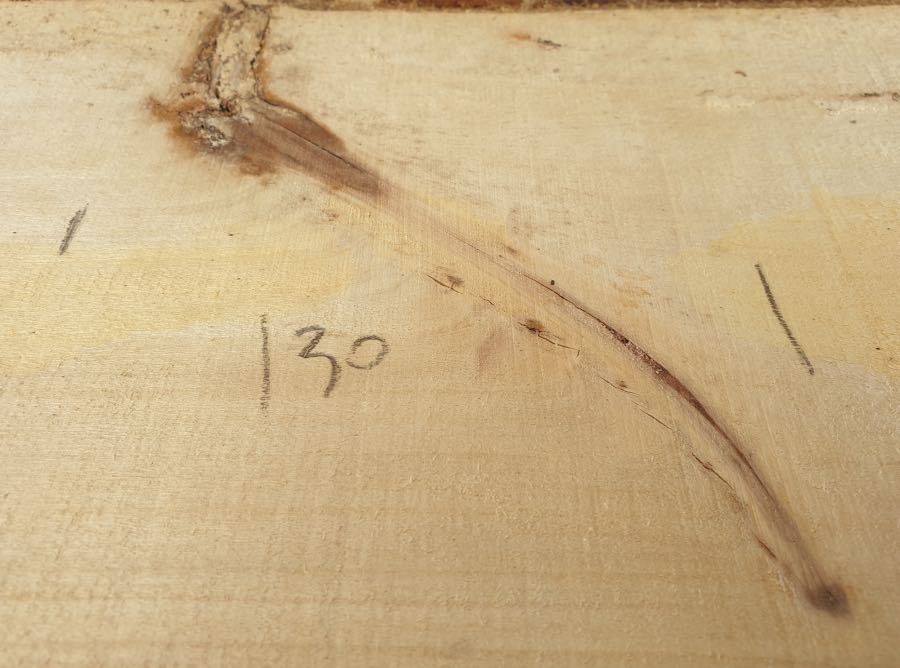
Small branch dying and causing black spike knot in quartersawn board
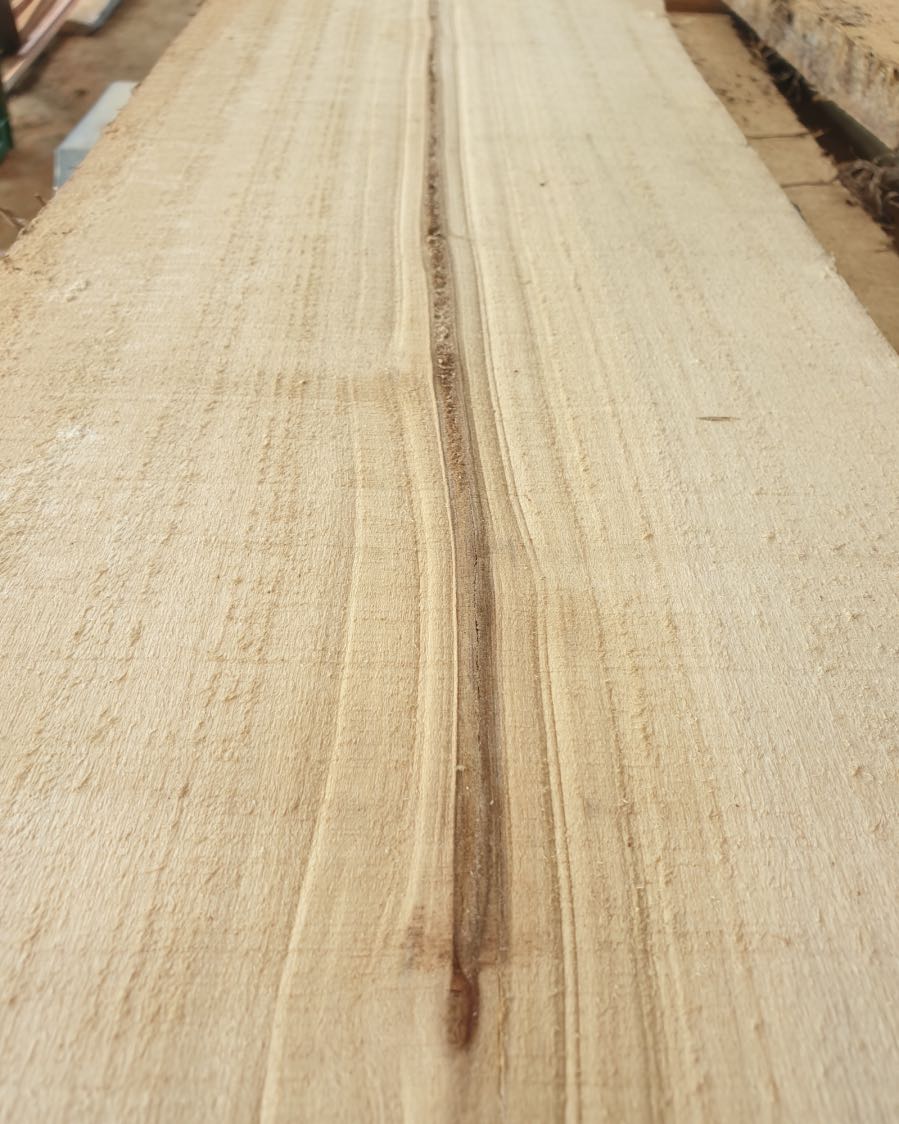
Pith. This was actively excluded from boards.
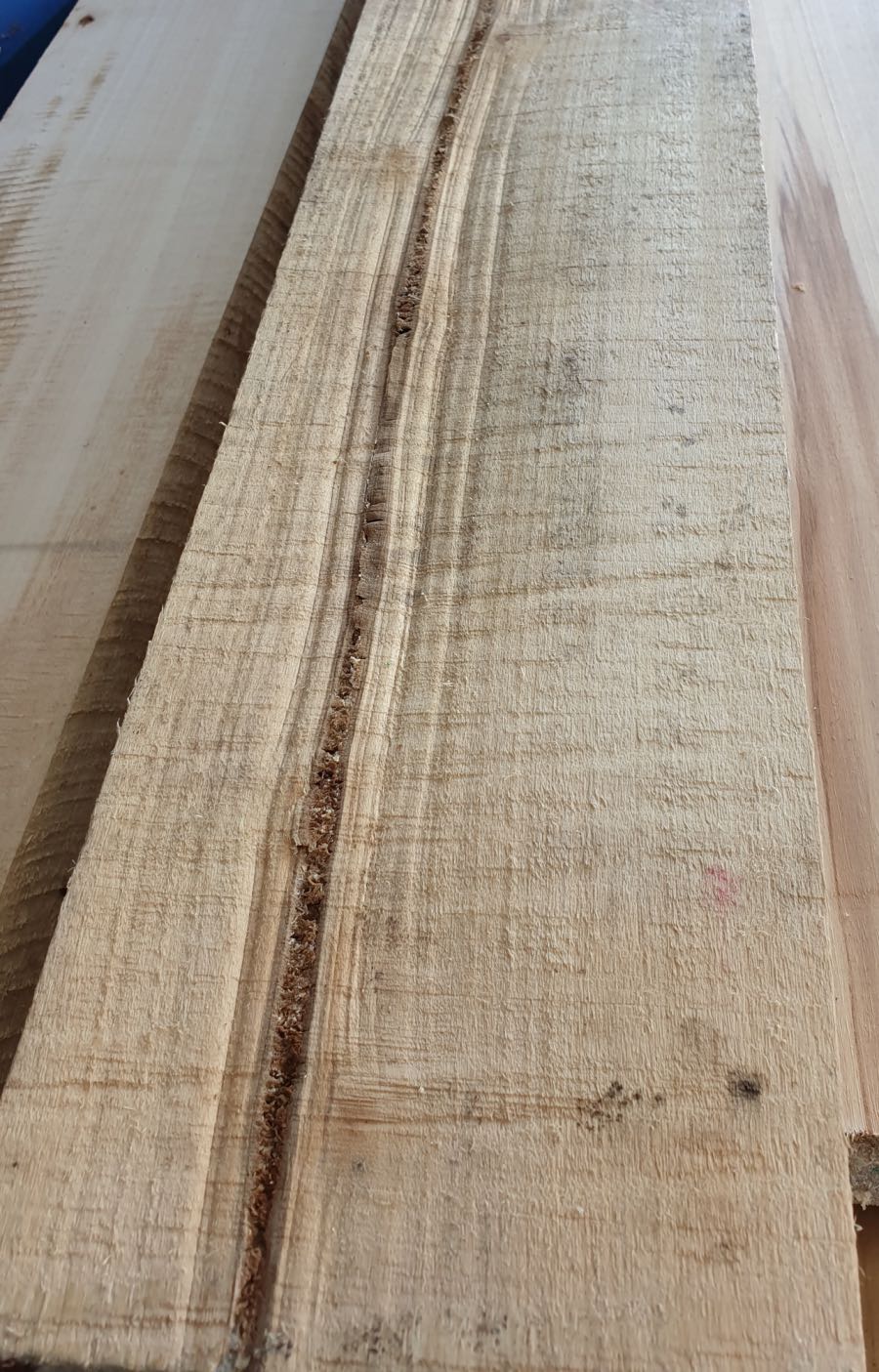
Pith surrounded by collapse. This only occurred in buttlogs.
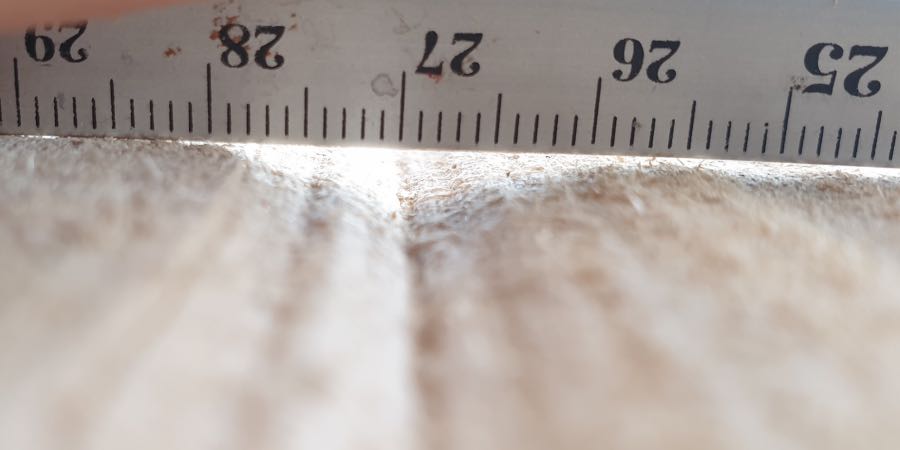
Collapse. This was the highest level encountered (approximately 2mm), which was rare.
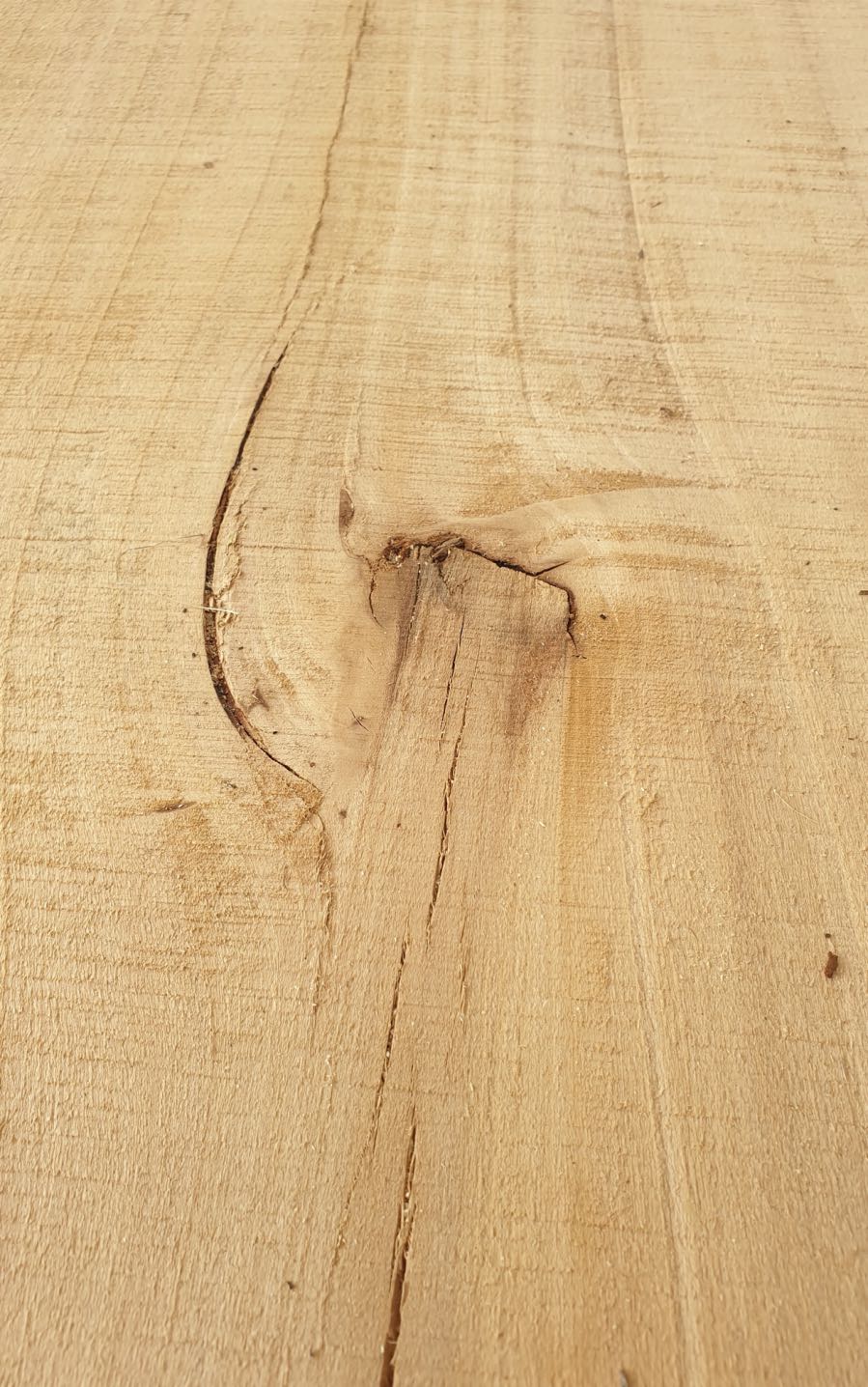
The top of the planting stake in a "pith" board.
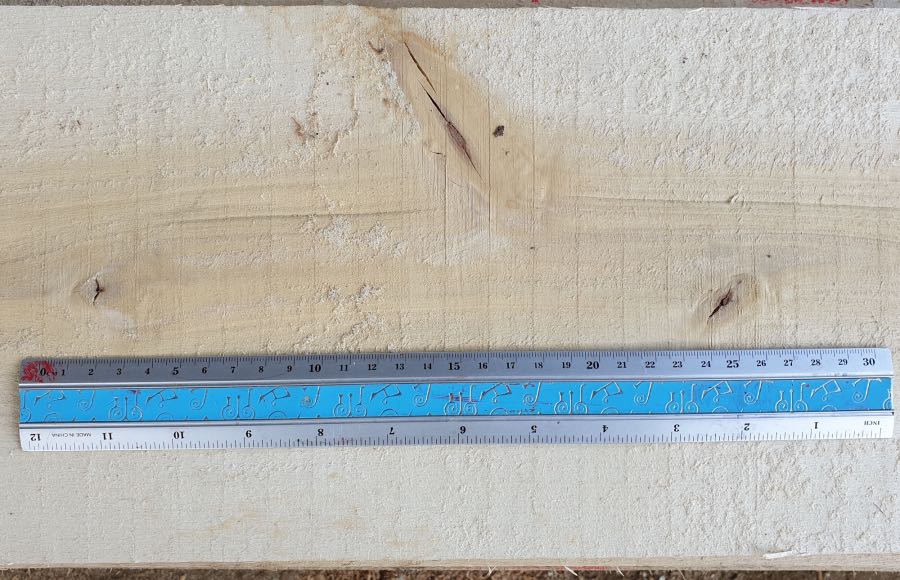
Knot types common in headlogs.
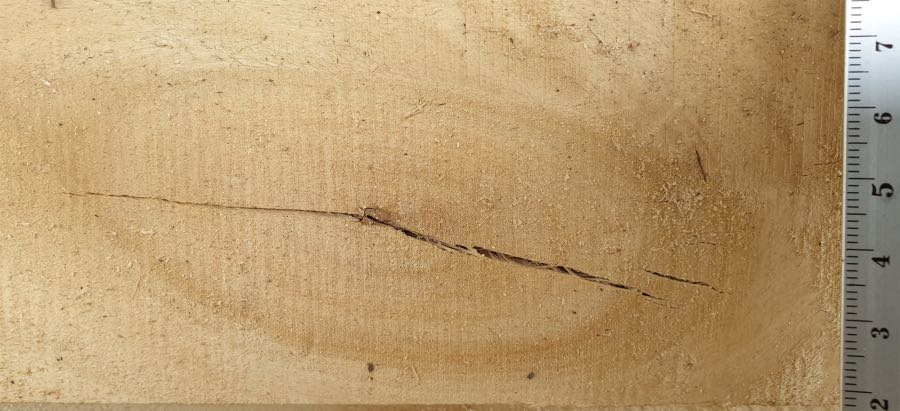
Large green knot. Larger knots had higher levels of checking.
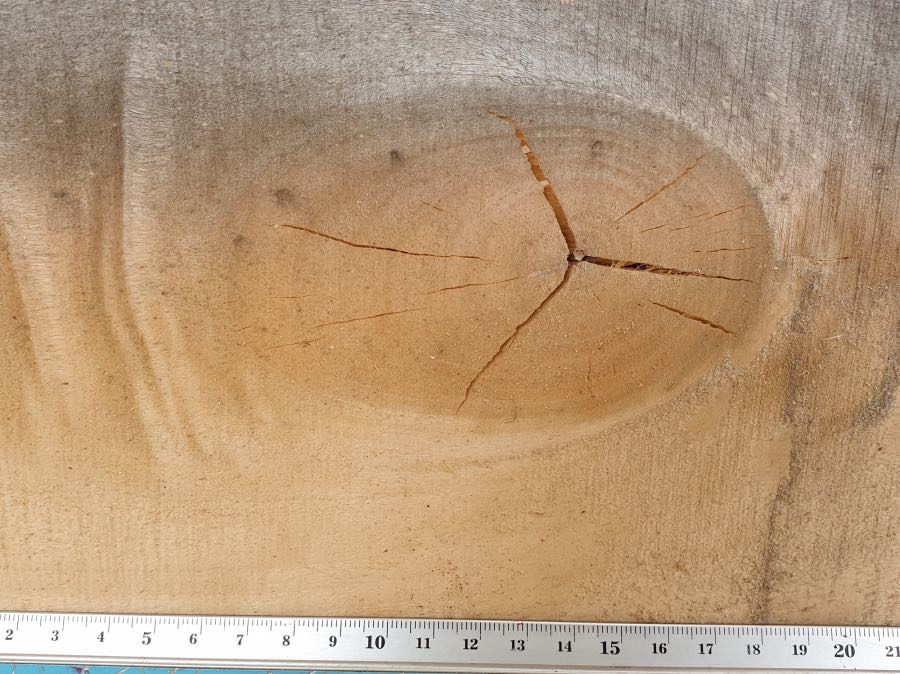
Large knot with checking.
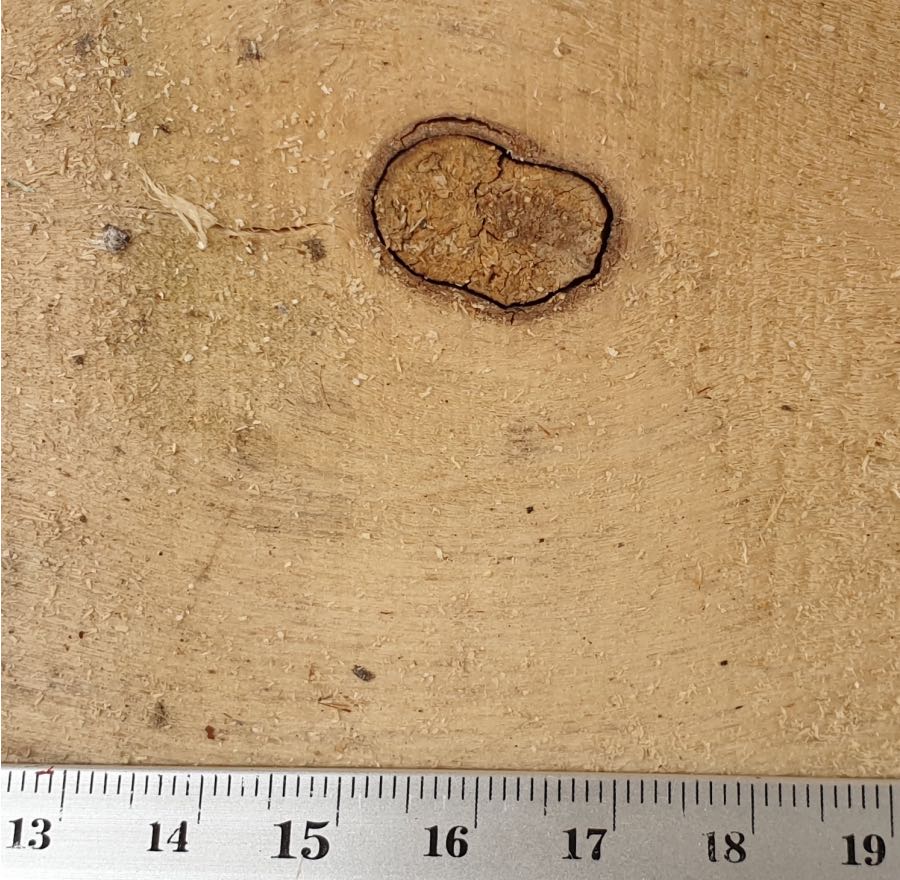
Small bark encased knot.
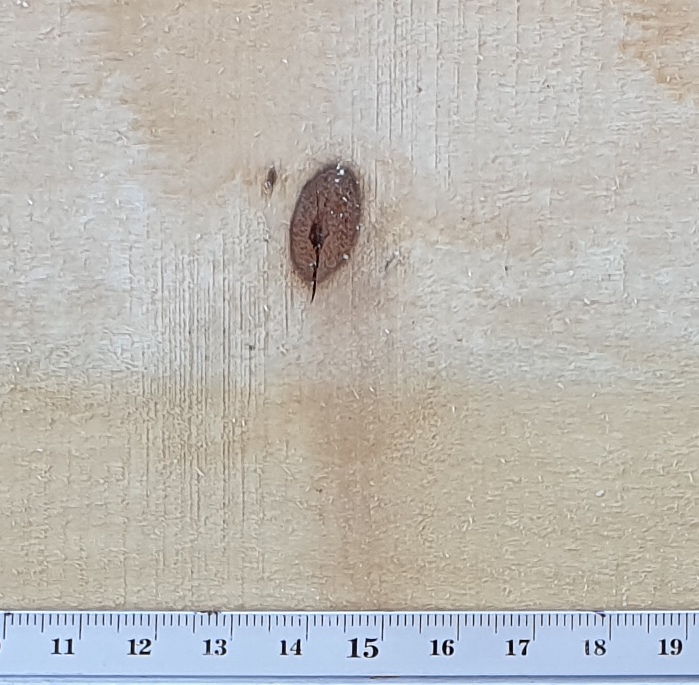
Small black knot. Is this appearance degrade?
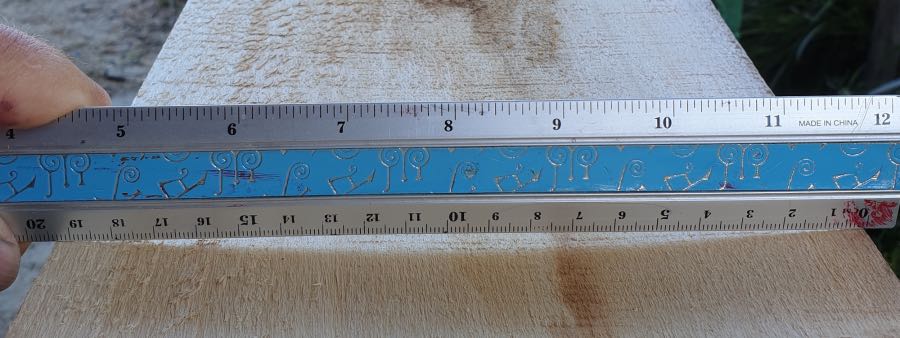
Cupping on flatsawn board.
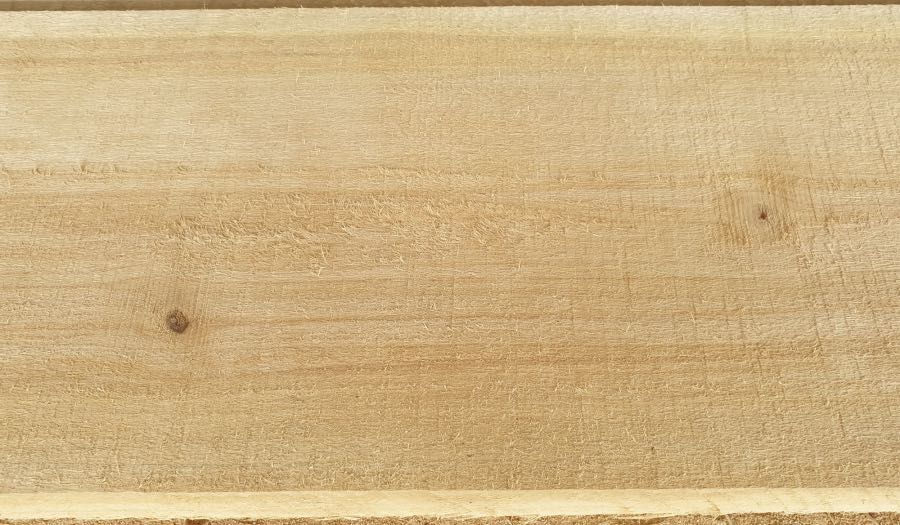
Small "knots" that don't detract from the board's appearance.
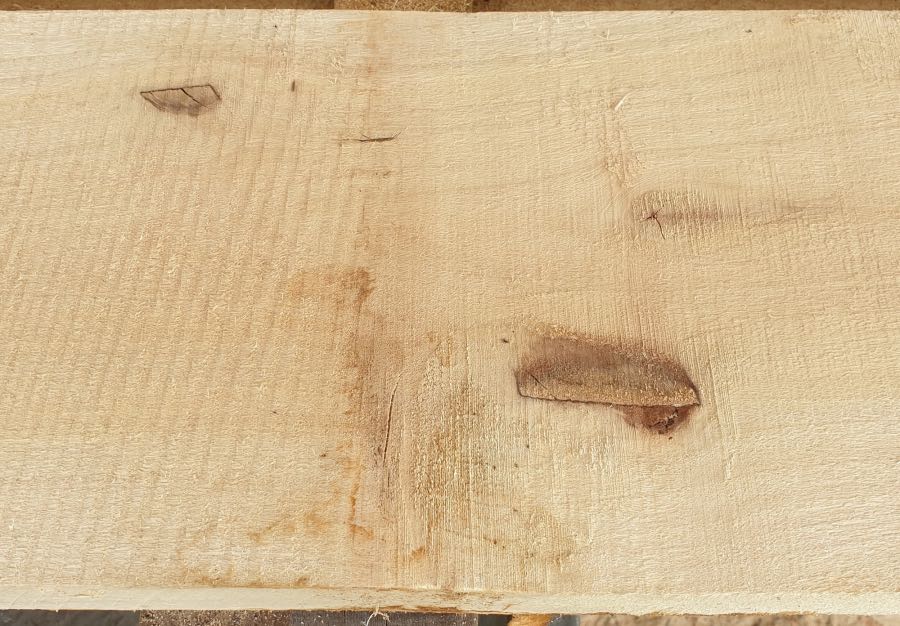
Pruning wound "black" knots.

Debarker damage to board.
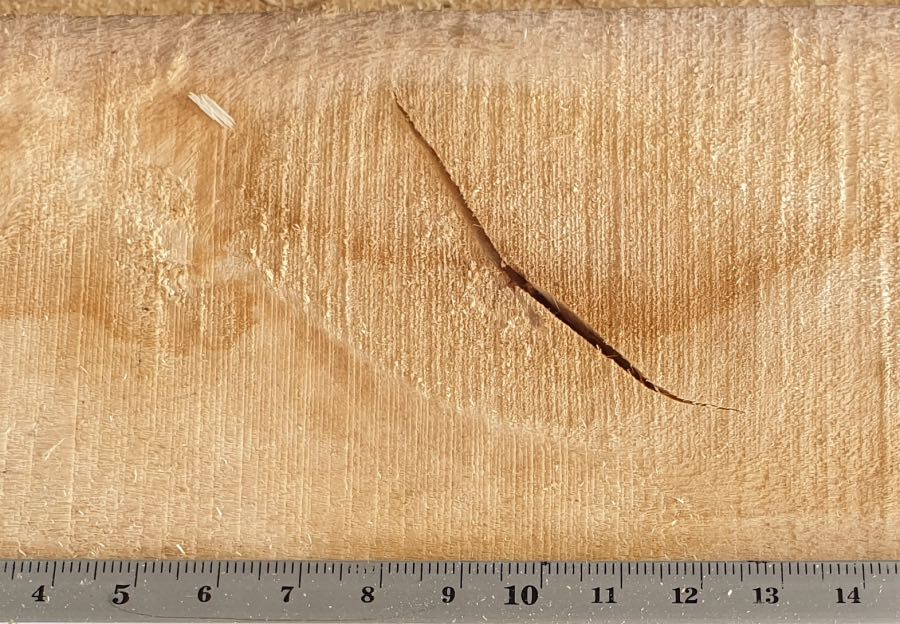
Knot checks.
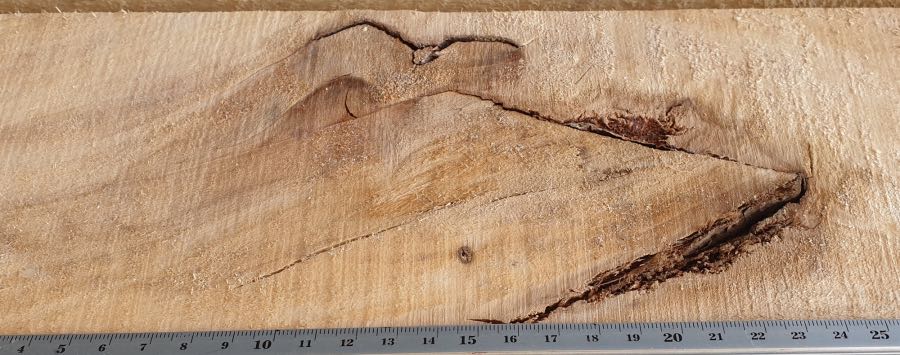
Large pruning wound and associated bark encasement.

Split caused by pith.
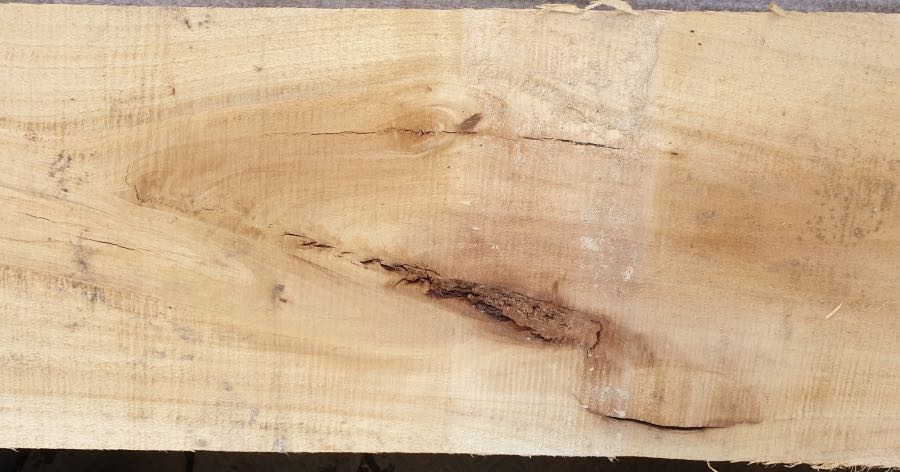
Large spike knot with bark encasement.

Large spike knot with bark encasement.

Bark encasement in large knot.
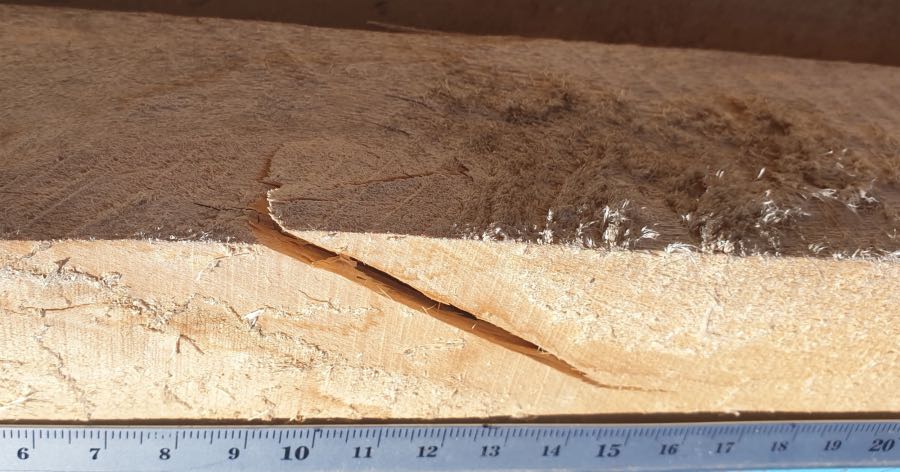
Large knot check.
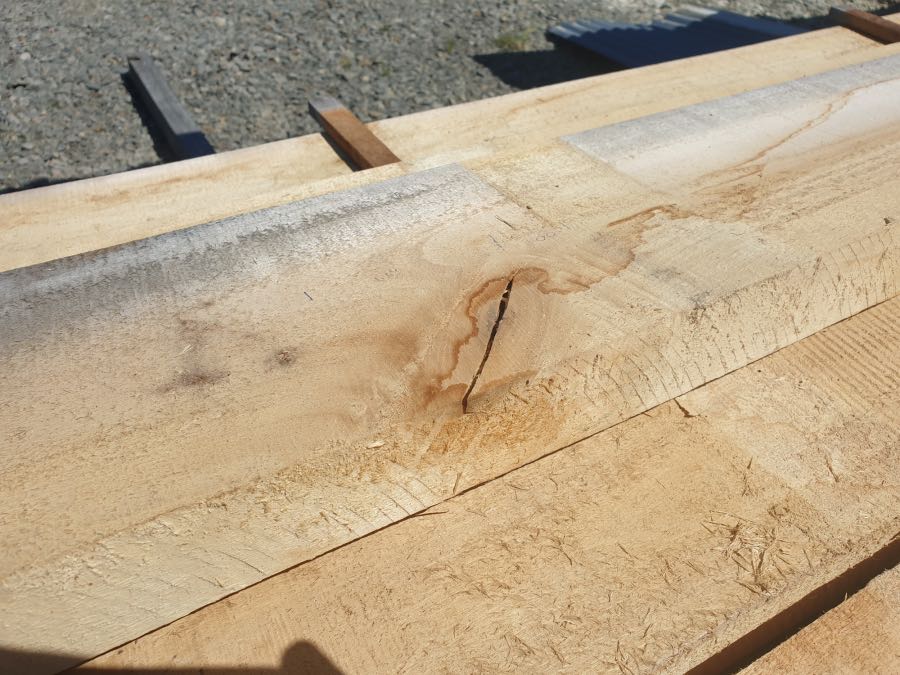
Large knot and associated check.
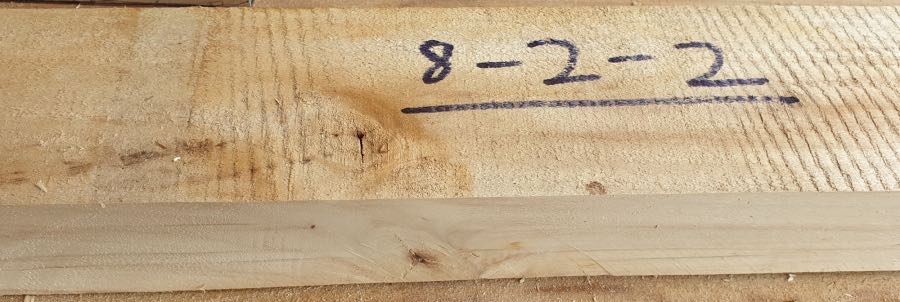
Typical structural grade board
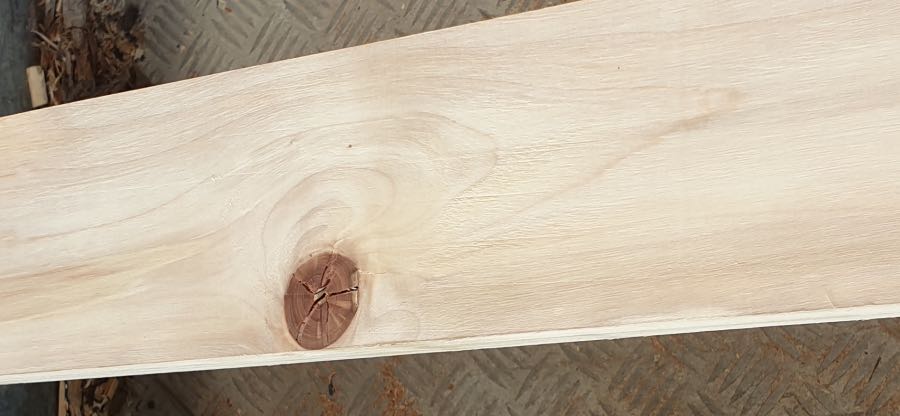
Black knot on dressed surface.
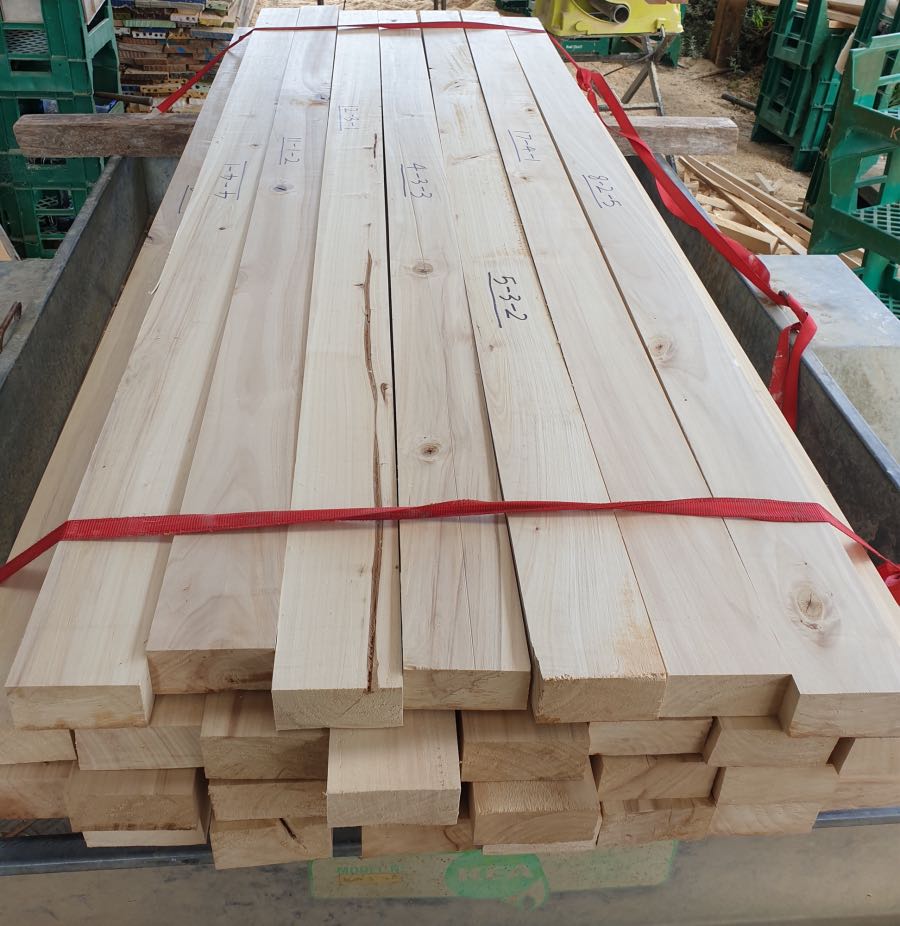
The thirty 90x45 samples sent to Scion for mechanical testing (characteristic stiffness, density and strength)
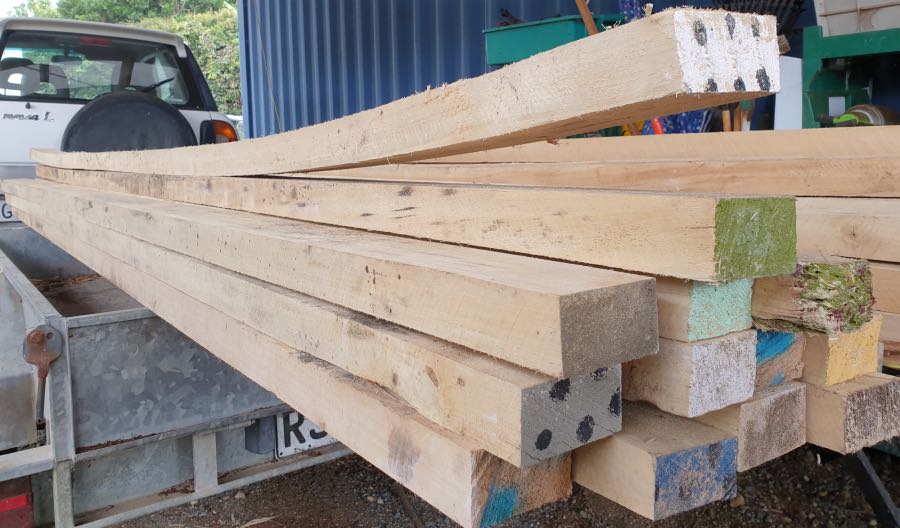
Bow in the occasional structural board.
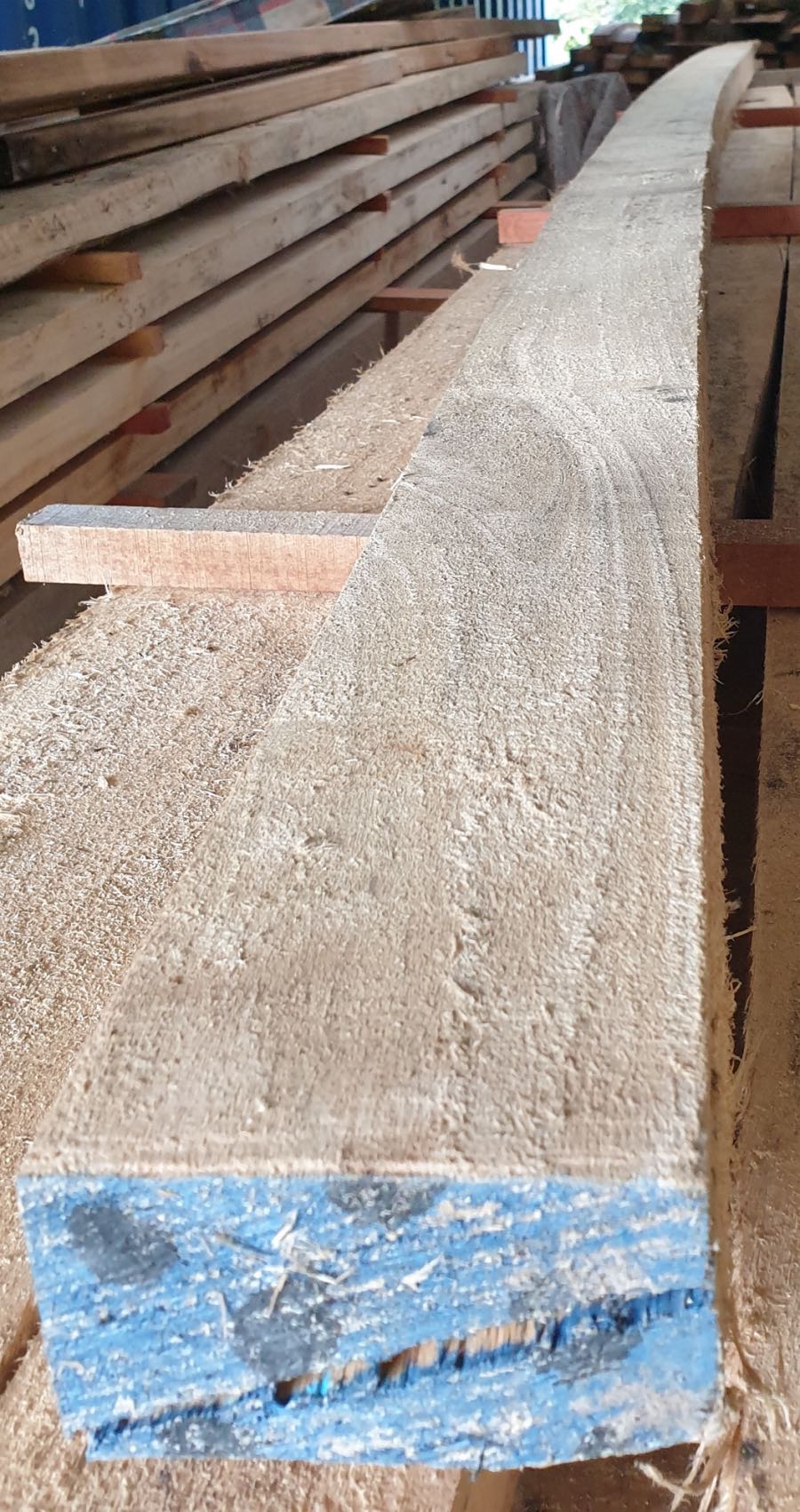
Serious crook resulting from air drying. This was not common.
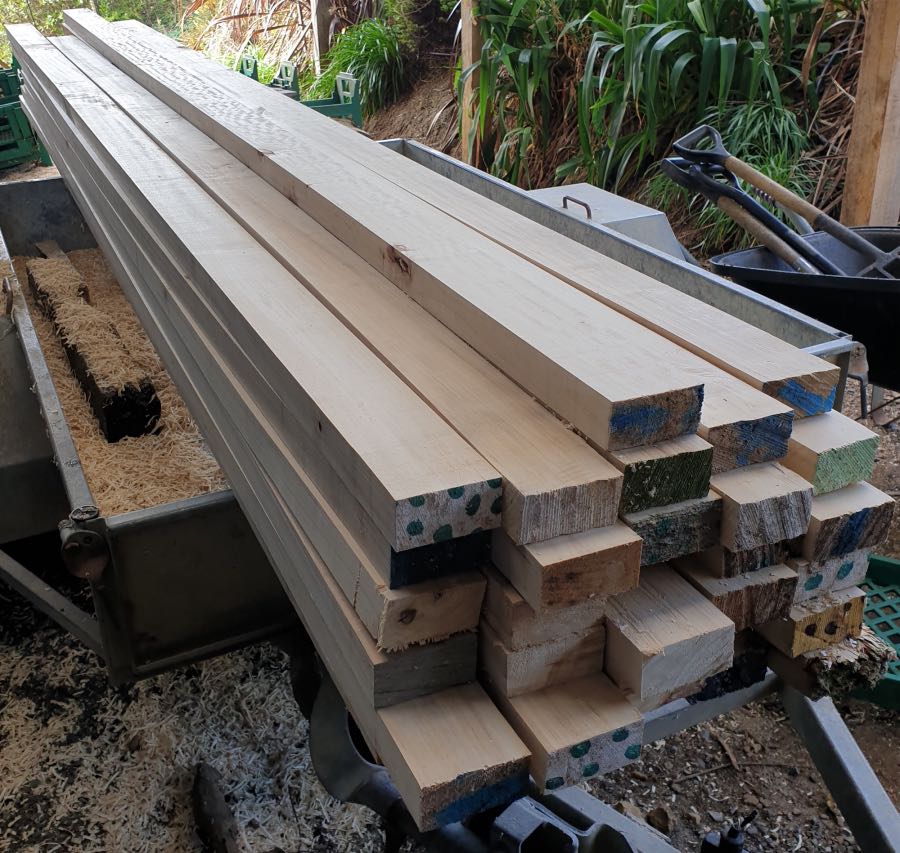
Dressed boron treated framing boards.
Disclaimer: The opinions and information provided in this report have been provided in good faith and on the basis that every endeavour has been made to be accurate and not misleading and to exercise reasonable care, skill and judgement in providing such opinions and information. The Author and NZFFA will not be responsible if information is inaccurate or not up to date, nor will we be responsible if you use or rely on the information in any way.
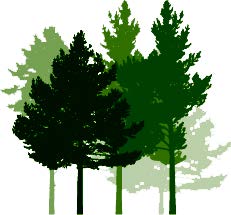
 Farm Forestry New Zealand
Farm Forestry New Zealand